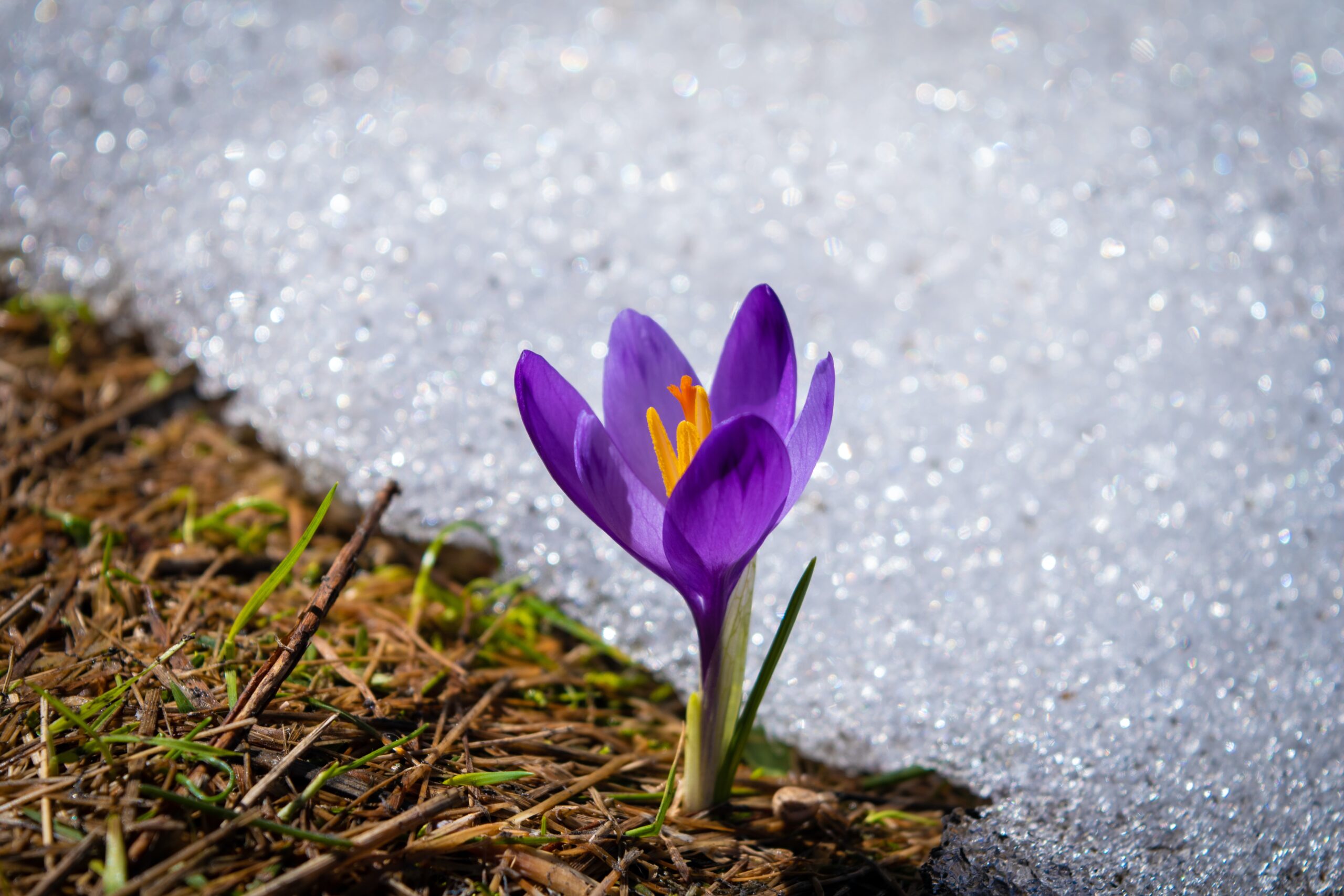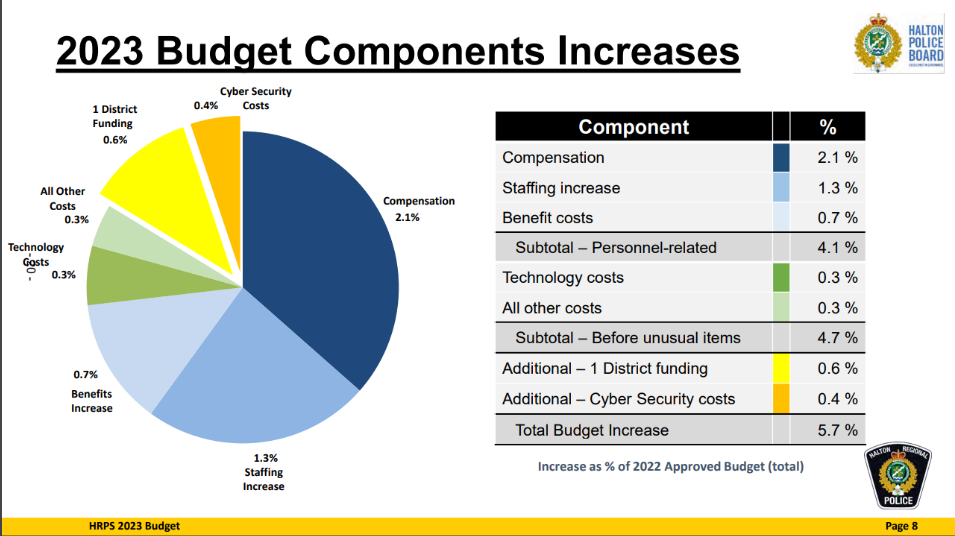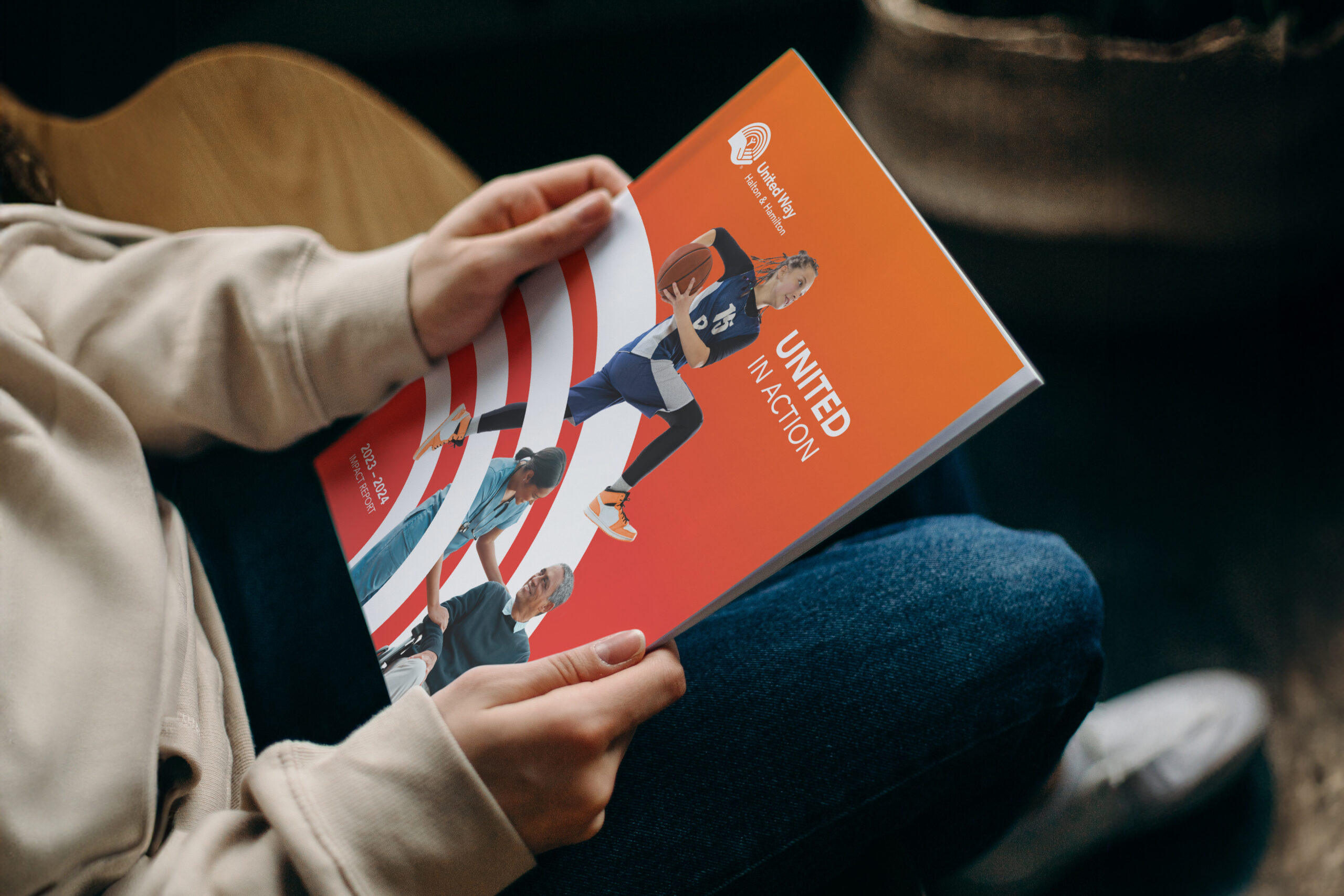By Claudette Sims, Halton Master Gardener
General garden care
Empty or cover decorative pots and store in a dry place to avoid damage from freezing. Turn off water supply to the garden and disconnect hoses and accessories. Empty watering cans and hang garden hoses to drain for winter storage.
Stems and seedheads
Leave seedheads and stalks intact over the winter. Stems offer shelter for cavity-dwelling native bees and beneficial insects and also collect snow to insulate and protect plants. Seedheads provide food for birds and winter interest for everyone.
Bulbs
Plant spring flowering bulbs as long as the soil is workable. You may also have time to divide and replant overcrowded spring bulbs. Water bulbs after planting.
Trees and shrubs
Check tree stakes and inspect any ties or wires to ensure they will not damage or girdle tree bark. Protect young trees and shrubs from damage with tree guards or chicken wire (60 cm/24“ high) or by using wire baskets to cover very small trees or shrubs.
Bare soil
Protect bare soil from erosion and winter sun with a layer of organic matter, e.g. compost, leaves, straw, or manure. Avoid tilling, which destroys soil structure and soil organisms and encourages weeds to germinate.
Houseplants
Check individual plants before you water. If the soil feels dry/hard or the plant feels light for its size, it is likely time to water. If the soil feels cool/moist or the plant “feels heavy,” wait and retest in a few days. Check for pests weekly and treat appropriately. Increase lighting in low-light areas with grow lights or reflective surfaces. Watch this video (link here or watch below) to learn why misting is no longer recommended to raise humidity!
Lawn and weeds
Rake or “mow” leaves and remove to garden beds. Leave some leaves uncut for beneficial insects and pollinators who overwinter in leaf litter. Keep on weeding as long as the soil is workable. When mowing is done for the season, clean the mower and sharpen the blades.
Halloween pumpkin do’s and don’ts: NEVER throw pumpkins (or straw bales, etc.) in natural areas or parks! Instead, DO: make pies, muffins, soup (small pie pumpkins); roast seeds for snacks; compost large and decorative pumpkins and gourds; check online for donation ideas such as the Oakville Pumpkin Parade.
Master Gardener Claudette Sims
Invasive plants
Remove any invasive plant seedlings like multiflora rose, common buckthorn, and garlic mustard. Master Gardener Sean James shows you how to remove larger weed tree seedlings using needle nose players (click here or watch below)! Continue to hand pull, rake, or cut off weeds at ground level with a sharp spade or garden tool. Remove and dispose of seedheads to reduce the seed bank in your soil.
Seeds and winter sowing
Continue to collect seeds to sow or share. Here’s another great video from Master Gardener Sean James to simplify growing your own plants this winter (click here or watch below).
2025 planning
Take notes for next year. What needs to be moved, divided, or pruned? Are plants located where you can enjoy their blooms? Do you have plants blooming spring through fall? What plants should be replaced to better support biodiversity? Read about these Monarch Award gardens for inspiration.
Check the Halton Master Gardeners’ October newsletter for any garden jobs that you may have missed!




